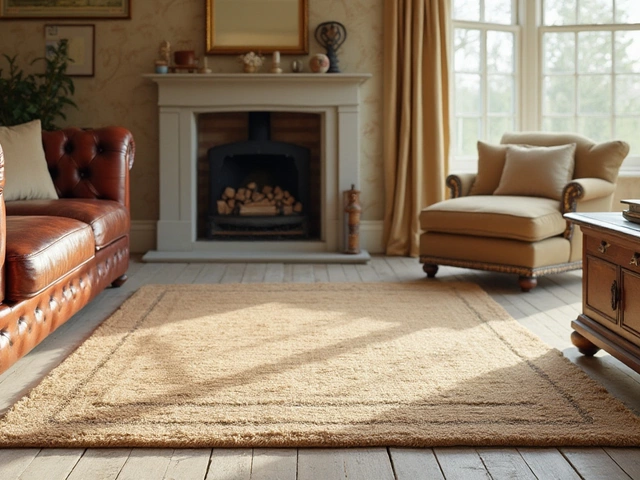Health Equipment: What You Need for a Comfortable, Healthy Home
When you think about staying healthy at home, the first thing that comes to mind isn’t just diet or exercise. It’s also the gear you use every day – the bed you sleep on, the chair you sit in, even the lighting on your nightstand. All these pieces count as health equipment, and choosing the right ones can make a big difference in how you feel.
Top Picks for Everyday Health
Adjustable beds are a game‑changer. Doctors say they help line up the spine, reduce back pain, and improve circulation. Most models let you lift the head, lower the feet, or find a middle position with just a button. If you spend a lot of time reading in bed or have a partner with different sleep needs, an adjustable frame gives you both the flexibility to stay comfy.
Recliners, especially well‑known brands like Lazy Boy, might seem pricey, but the price reflects durable mechanisms and supportive cushions. A good recliner can relieve pressure on the hips and lower back after a long day, and the built‑in footrest keeps circulation moving. Look for models with smooth hydraulic lifts and breathable upholstery if you plan to use it daily.
Throw pillows and cushions aren’t just for style. The right cushion can add lumbar support to a sofa or give extra bounce to a mattress. In 2025, cushion colors are bold, but the material matters more for health – think memory foam or high‑density polyester that keeps its shape and supports your spine.
How to Choose the Right Piece
Lighting matters more than you think. Soft, warm LEDs reduce eye strain and can even help regulate your sleep cycle. Choose lamps with adjustable brightness or color temperature, especially for a bedroom or reading nook.
Smart storage also plays a health role. A clutter‑free space lowers stress and makes it easier to move around safely. Look for furniture that doubles as storage – like ottomans with hidden compartments or bedside tables with drawers – to keep essentials within reach without overcrowding the room.
When you’re shopping, set a budget but don’t sacrifice quality. Check the warranty, read a few customer reviews, and test the item if you can. Comfort is personal, so sit, lie down, or lean on the product before you decide.
Maintenance keeps your health equipment working long‑term. Most adjustable beds need a simple tighten of bolts every few months, while recliners benefit from regular leather or fabric cleaning. Vacuum cushions regularly and flip mattresses when the manufacturer suggests it.
Ready to upgrade your home’s health gear? Browse our selection, compare features, and pick the pieces that match your lifestyle. A few smart choices now can lead to better sleep, less pain, and a more relaxed everyday routine.

How to Get Medicare to Cover Your New Bed
Navigating Medicare to get a new bed covered requires understanding the eligibility criteria, necessary documentation, and specific types of beds that qualify. This process can seem daunting, but with the right information, it's entirely manageable. Whether it's for a medical condition or enhanced comfort, getting your bed needs covered involves clear communication with your healthcare provider and a thorough understanding of Medicare's policies. This guide offers practical insights to ease the process.
Categories
- Storage (27)
- Bathroom (18)
- Sofas (15)
- Curtains (15)
- Home Decor (12)
- Bedding (11)
- Kitchenware (11)
- Cushions (11)
- Mirrors (10)
- Rugs (9)
Popular Articles

Durable Rugs: Choosing the Longest-Lasting Options
Oct, 17 2024


